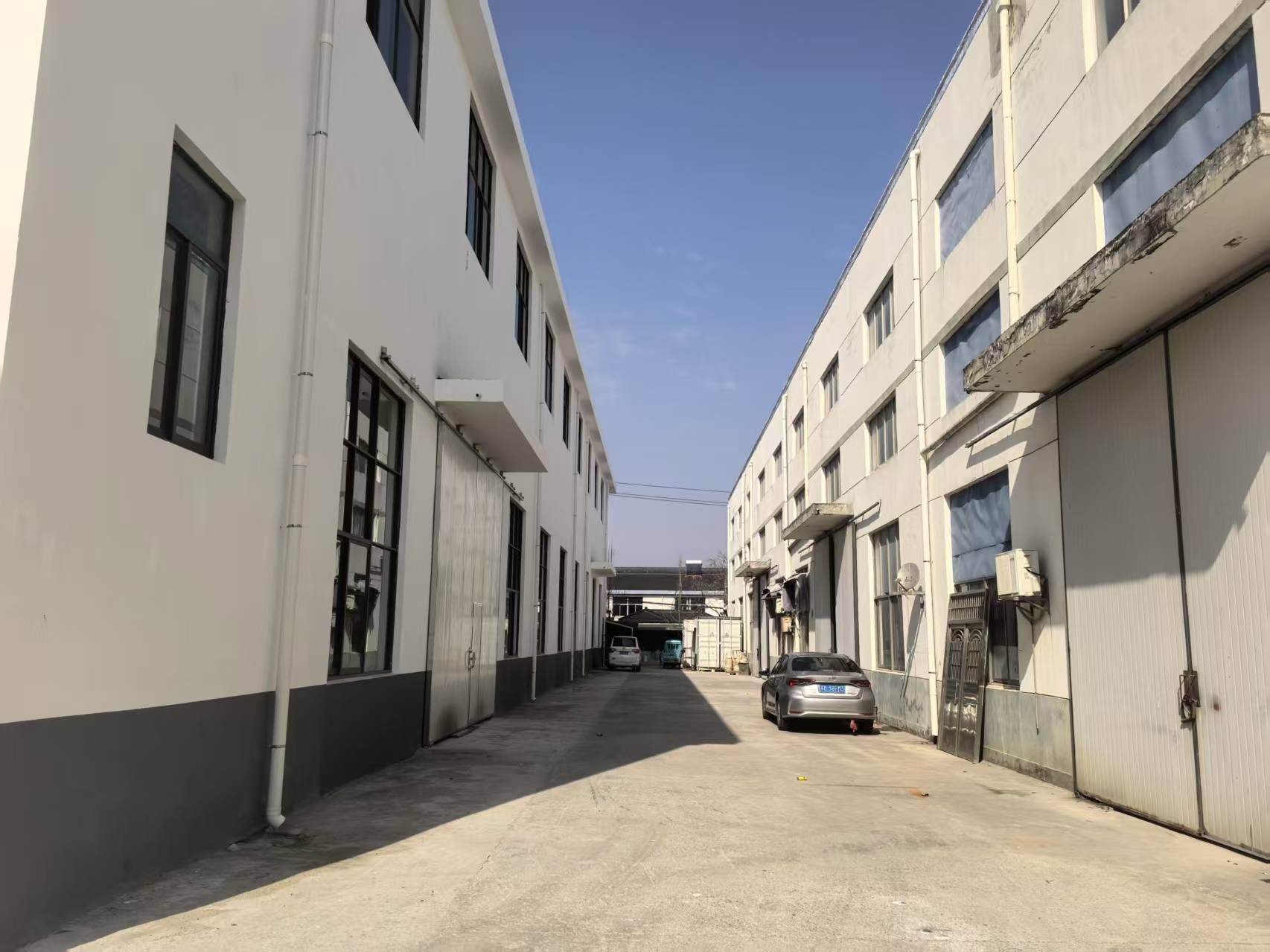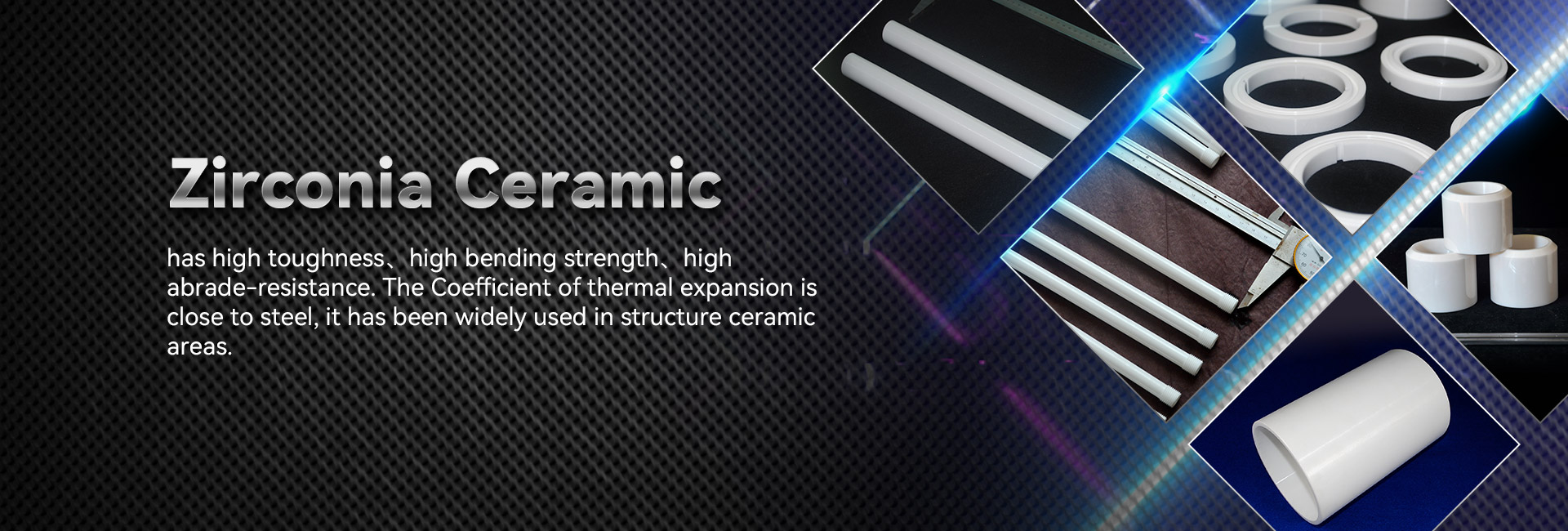
Technological ceramic manifest unmatched chemical qualities, making them fit for a wide selection of operations. Deriving from orbital and transportation to electronic equipment, these composites are constantly enhancing to cope with the expectancies of a leading-edge market.
- Their fortitude and tolerance to rigorous thermal states make them fundamental for leading machinery.
- Moreover, technical ceramics furnish pros in terms of lightweighting, promoting the evolution of trailblazing techniques.
Constructing Elements: Developed for Exceptional Functionality
Fabricated ceramics shine in tough uses due to their outstanding characteristics. Made from exclusive raw elements and treated by thorough processing procedures, these advanced substances exhibit outstanding durability, dulling resistance, and endurance to drastic thermal conditions, corrosion, and friction. From outer space parts to machining tools, industrial ceramics supply exceptional operation across multiple branches. Their multifunctionality allows withstanding extreme settings, warranting durability and stability. As innovation progresses, the desire for premium materials grows, cementing the fundamental position of industrial ceramics in shaping a robust future.
Cutting-Edge Ceramics: Reaching Fabric Limits
Compounds, possessing remarkable fortitude and durability, are in the midst of a upheaval. High-tech ceramics, created with diligent control over their formulation and internal architecture, are pushing the barriers of all that is achievable. These compounds exhibit a wide assortment of characteristics, considering them perfect for demanding applications such as flight, clinical field, and resources. From weighted minimally parts that withstand extreme thermal conditions to non-toxic implants that unite naturally with the living system, advanced ceramics are transforming our reality.
Strict Ceramic Construction: Satisfying Focused Standards
Engineered ceramic fabrication has grown notably in recent epochs, enabling the assembly of complicated and highly operational ceramic items. These pieces are fundamental across a varied range of domains, including space, healthcare, and instrument domains. Meeting the stringent requirements for these operations calls for precise fabrication procedures that confirm dimensional exactness, surface refinement, and material characteristics. Leading ceramic fabrication processes implement numerical methods, including slip casting, injection molding, and additive manufacturing. These strategies facilitate the fabrication of elaborate configurations and fine characteristics with outstanding consistency. Above all, advances in materials science have caused new ceramic structures endowed with superior facets. These elements maintain increased resilience, persistence, and tolerance to demanding energy conditions, permitting their use in challenging sectors.
The outlooks for accurate ceramic fabrication are vast. As examinations and progress continue, we can reckon on even more innovative approaches and ceramics that will besides broaden the boundaries of what is attainable in this domain.
Robust Ceramic Structures for Tough Settings
Modern ceramic forms feature extraordinary resilience and safeguards against extreme locales, making them favored for taxing applications in orbital territories. These specialized ceramics can tolerate high thermal loads, guard against erosion, and hold their functionality under critical mechanical impacts. Their unmatched microstructural properties make possible solid function in harsh conditions, including kilns, jet engines, and atomic reactors.
- Specialized ceramic compounds
- Temperature endurance
- Mass reduction
Hybrid Materials: Synthesizing Hardness and Efficiency
Ceramic composites furnish a potent mix of mechanical resilience and distinct customized capacities. Through the combining of ceramic grains within a copyright, these ceramics achieve remarkable skills. This blend results in heightened defense against high climatic environments, wearing, and chemical degradation, rendering them suitable for precise duties in astronautics, vehicles, and sustainable energy areas. Furthermore, ceramic composites can be modified to possess distinct properties like electrical conductivity or biocompatibility, broadening their utility across diverse arenas.
Detailed Regulation in Next-Generation Ceramics
Attaining aimed-for features in progressive ceramics often entails meticulous regulation over their architecture. Countless refinement parameters, including sintering firing temperature, interval, and atmosphere, alongside the infusion of dopants or supporting phases, significantly alter the disposition of grains, void fraction, and other microstructural aspects. Fastidious tailoring of these conditions allows for the advancement of fortification, breakage resistance, and heat transfer conductivity. In particular, raising the sintering temperature can stimulate grain development, thus increasing compression and improving mechanical robustness. Conversely, handling the firing atmosphere may shift the oxidation status of the ceramic, thereby influencing its electrical electric flow or magnetic specs. Realizing these relationships between microstructure and properties is necessary for forming advanced ceramics with tailored performance suitable for wide scenarios.
Abrasion-Resistant Ceramics: Elevating Durability
Inside taxing process markets, where parts are forced to constant wear and corrosion, elements with outstanding sturdiness are essentially required. Wear-resistant ceramics have manifested as a premier response, yielding unparalleled toughness and quality in numerous realms such as industry, mining, and aerospace. These progressive elements possess a singular fine structure that elevates their ability to endure scraping. By capitalizing on the inherent fortitude and thickness of ceramic structures, engineers can craft durable modules capable of withstanding the most challenging operating climatic states.
Medical-Grade Compounds: Functions in Therapeutics
Biofriendly ceramics have overhauled the medicine realm, presenting an array of valuable benefits for many deployments. These materials are inert within the tissue, minimizing sensitivity responses and advancing repair. A prime application for biocompatible ceramics is in orthopedic implants, where their strength sustains long-lasting foundation to damaged cells.
Additionally, they are leveraged in tooth replacement, yielding a tough and aesthetically pleasing solution for dentures. Ceramics also possess a key part in drug administration, facilitating the specific administration of agents to specific areas within the living entity.
- Moreover, biocompatible ceramics are frequently being scrutinized for biomaterials development, serving as a platform for tissue regeneration.
- Hence, the path forward of biocompatible ceramics in medicine looks optimistic, with continual investigations expanding their functions.
Advanced Ceramic Sensors: Supporting Trustworthy Calculations
Innovative ceramic sensors alumina bar have emerged as essential elements across a broad array of fields. These detectors exploit the distinctive characteristics of ceramic materials to deliver highly accurate determinations. Their toughness in {demanding|harsh| 